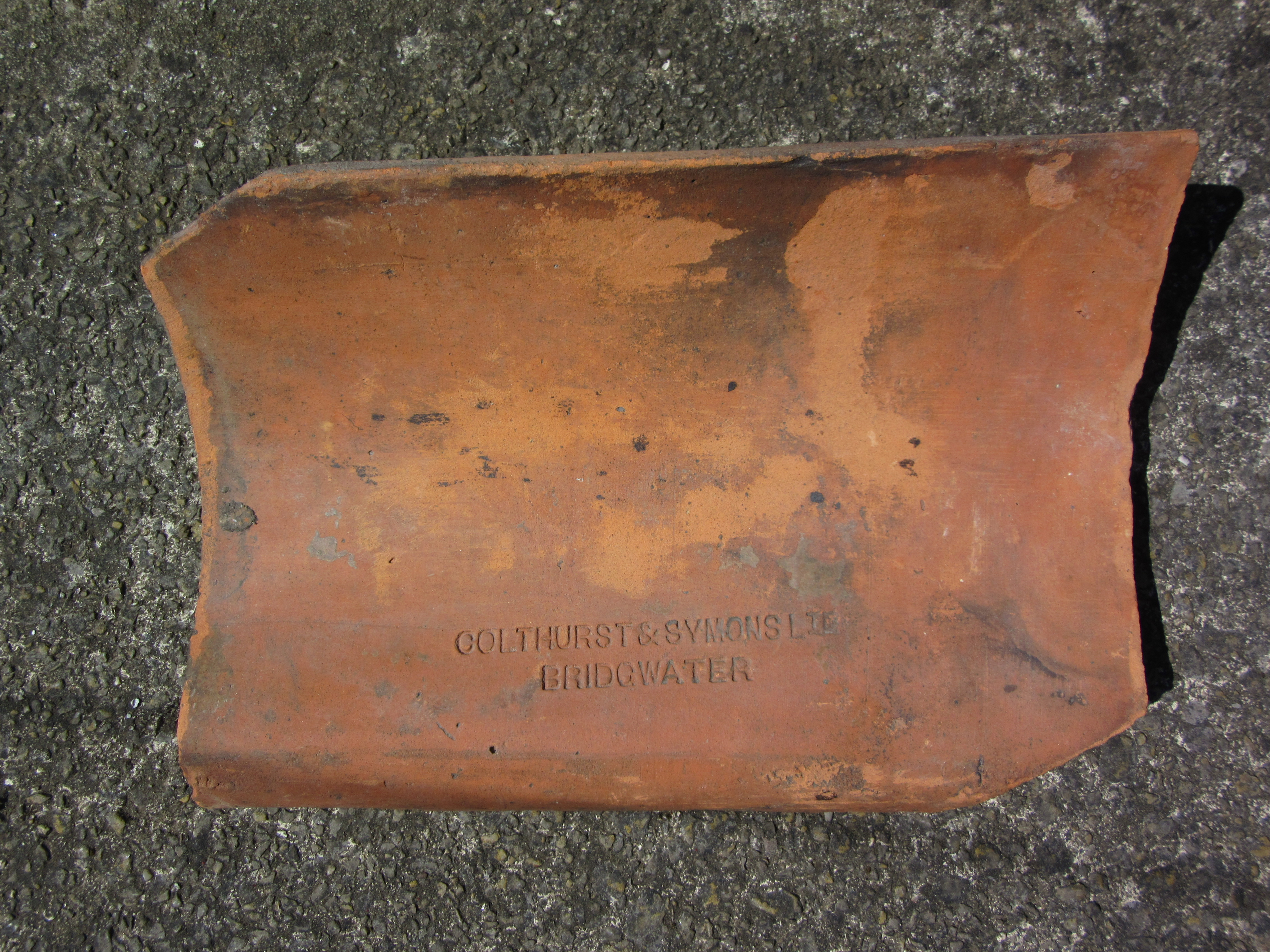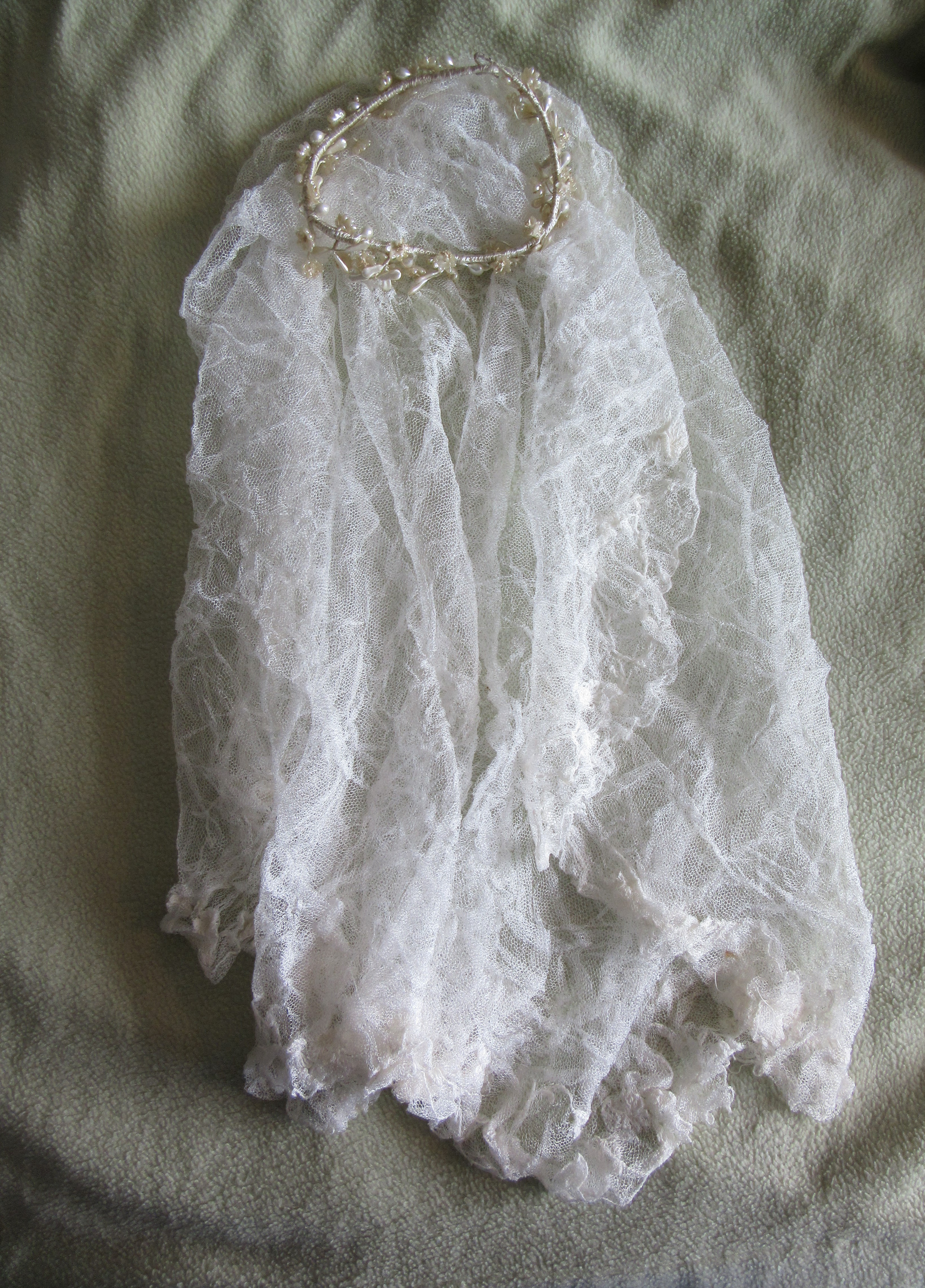In amongst all of the paper, notes and documents, are a few more unusual heirlooms. Genealogists and family historians are used to dealing with photographs, certificates, birthday books and the like. But what about the other, less run of the mill objects? How do you preserve those and what exactly do you do with them? Let me explain what I mean.
A Tapestry...
 |
| My family tapestry: Joseph presenting his Father to Pharaoh. |
In one of my recent posts, I spoke about an Australian relative who made contact with me. I discovered that she had a tapestry in her family that had been passed down through the generations to her. This was quite a discovery, because there is also a tapestry in my family that had been passed down through my maternal grandfather and his mother’s family. After some digging around, I found that the subject of our tapestry is ‘Joseph presenting his father to Pharaoh.’ A further discovery was the will of the ancestor who made the tapestries. I found this in the research that my great-aunt did, all those years ago.
This will was made by Mary Ann Peirce (neé Symons), who died on 04 April 1915, in Bridgwater, Somerset (England). She was the daughter of William Symons of the brick makers, Colthurst and Symons. Her husband William Elstone Peirce was the brickyard manager for the company’s yard in Burnham on Sea. Mary’s will contains some details regarding money and property, but the most interesting thing is the part that sets out the process for dividing her ‘needlework pictures.’ So technically, what I have inherited is not a tapestry in the classical sense of the word as it was not made using a loom. We have always just called it a tapestry.
...or seven!
It turns out that not only did Mary produce my family 'tapestry' and the one in the family of my Australian relative, but she produced seven pictures altogether! She left one to each of her children. The will names them as follows: ‘Weighing the Deer,’ ‘Boaz and Ruth,’ ‘Robert Burns and the Highland Girl,’ ‘Leah and Rachel,’ ‘Pilate washing his hands,’ ‘Joseph being sold to the Ishaelmites [Ishmaelites],’ and ‘Joseph presenting his Father to Pharaoh.’ I cannot say what the dimensions for all of these pictures are, but they are described as being ‘large.’ The amount of work that went into them must have been staggering. There is a family legend in my branch of the family, that says that Mary was helped by one or more of her daughters. We may never know whether that was true, or whether Mary made them all herself. Whatever happened, I count myself incredibly lucky to have an heirloom like that in the family.Now, as the will says, these pictures are certainly not small! I remember ours hanging in my grandparent’s lounge when I was younger. It was almost floor to ceiling and took up a quarter of one wall. So what do you do with something like that? Currently, it’s with my aunt as hers is the only house which has the space. I’m not entirely sure that she is joking when she says that she is putting it in her will that either me or one of my two cousins must have it.
Textile preservation
Another consideration is how to keep my heirloom in good condition. I’m no conservationist, but sitting it in full sunlight would be no good at all. Then there is humidity, damp and the danger of it being set upon by creatures. The National Archives (NARA) in Washington, D.C., has an interesting post on their website about the maintenance of antique textiles. It was written a few years ago now, but does advise on the major issues for textiles: light, temperature, humidity, insects. There is also some advice on handling, storage, displaying and cleaning.My family 'tapestry' is in the best place we can find, somewhere cool, not damp and relatively dark. In the future, we may have to think about how to store it if there is no wall to put it on. I think I will take the article’s advice though, and not clean the piece of work. Right now it is not strictly necessary and it might do more harm than good (unless in the hands of a professional).
And some other things...
The Lily
 |
| The Lily that came from a cutting of a plant in my ancestor's home, at Burnham on Sea. |
So what else have I found hiding in the items I have collected? There are a few more heirlooms that come from Mary Ann Peirce’s branch of the family. I mentioned that her husband was the manager of the Colthurst and Symons brickyard in Burnham on Sea. Mary’s family lived in what was likely the brickyard manager’s house for at least 100 years. A cousin of my mum’s remembers visiting the house when she was a child and the house is still standing now. This same cousin gave my mum a cutting of a lily a few years ago. It turns out that this lily came from a cutting taken from a lily that used to grow in the house at Burnham on Sea. Not a conventional heirloom, but what is essentially the same plant now grows in my mum’s garden.
The Tile
 |
| Colthurst & Symons roof tile which was generously given to me by the speaker of a talk about the same subject. |
Talking of brick and tile making, I went to a talk hosted by the North Sedgemoor Local History Group a few years ago. At the time, I was doing a bit of research into the family’s house in Burnham on Sea and the group presented a complete talk about brick and tile making in the area. The talk was incredibly interesting and gave me a lot of background on the industry. There were even some former employees present. I happened to mention to the speaker that I was a descendant of the Symons family and he presented me with a roof tile that had been made by the company. Whilst not strictly speaking a family heirloom, that roof tile was made by the company that had been owned by my ancestors.
The Veil
 |
| My paternal grandmother's veil, from her double wedding in 1960. |
There is one other more unusual family heirloom that I have inherited. This one comes from the paternal side of my family. My dad never knew a great deal about his heritage, beyond his own grandparents or people within living memory. My family history journey has become his journey too. So it is wonderful to have an heirloom from his family, although it is not one that he would wear! I say this because the heirloom in question is his mother’s veil from her wedding. My grandmother had a joint wedding with her sister in 1960, of which I have a few photos. The veil itself is obviously quite delicate, so I don’t think I would ever be wearing it, but it is a lovely thing to have. At least I can follow similar guidance for storing it as with the tapestry.
Some of these heirlooms I had completely forgotten about until I was really thinking about what I had inherited from my ancestors. Sometimes they just become part of the furniture and you forget that they have a story to tell too.
So what unusual heirlooms do you have hiding at home?
Copyright © 2020 Shersca Genealogy
No comments:
Post a Comment